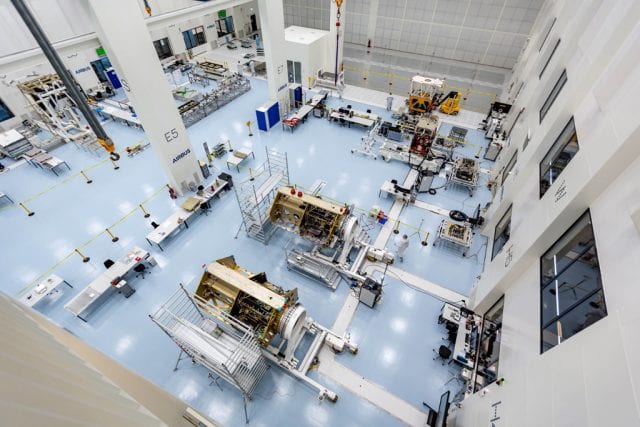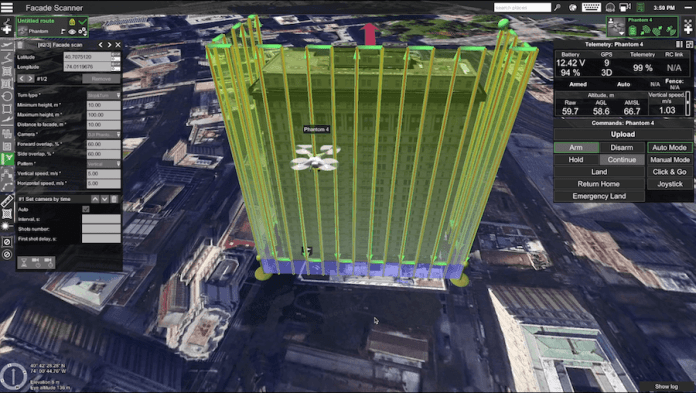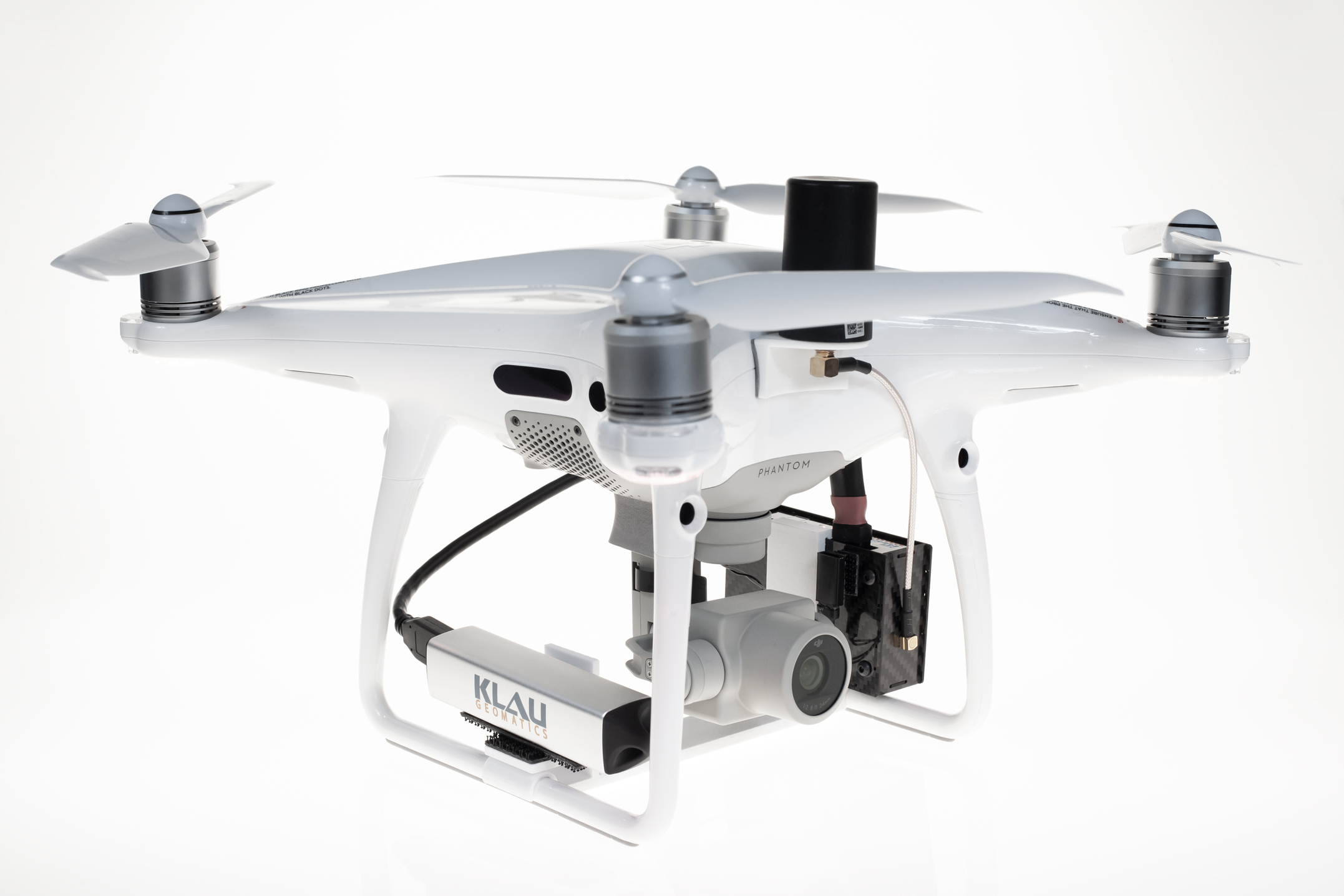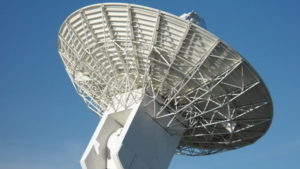- 0 replies
- 1,131 views
- Add Reply
- 0 replies
- 905 views
- Add Reply
- 0 replies
- 1,092 views
- Add Reply
- 0 replies
- 1,072 views
- Add Reply
- 0 replies
- 981 views
- Add Reply
Airbus has opened the state-of-the-art satellite integration and space technology centre

By Lurker,


Airbus’ Friedrichshafen site has opened Europe’s most state-of-the-art satellite integration and space technology center, known as the Integrated Technology Centre (ITC). The ITC, which triples the area of cleanroom space to 4,200 m2, is dedicated to building satellites, probes, space instruments and experimental technologies. The center took only two years to build at a total cost of approximately €45 million.
“Airbus’s significant investment in this building also represents an investment
Automation for vertical scanning in drones now available

By Lurker,


The new automatic Facade Scan tool of UgCS for drone inspection mission planning is a time and cost saver for construction, engineering and mining industries.
Various tools for surveying horizontal surfaces, even the uneven ones, have been developed to a high standard and are widely available on the market. Inspecting vertical surfaces is a completely different story — previously it required a lot of manual work and so was a burden for professional drone users. But now, with the autom
Klau Geomatics releases High Accuracy Real-Time Positioning for Surveying and Drone

By Lurker,


Klau Geomatics has released Real-Time Precise Point Positioning (PPP) for aerial mapping and drone positioning that enables 3 to 5 cm initial positioning accuracy, anywhere in the world, without any base station data or network corrections.
With this, you Just need to fly your drone at any distance, anywhere. The system allows to navigate with real-time cm level positioning or geotag your mapping photos and Lidar data.
You don’t need to think about setting up a base station, find
Galileo constellation add another 4 satellites

By Lurker,


The latest four Galileo satellites have been given the green light to begin working alongside the rest of Europe’s satellite navigation fleet, giving a further boost to worldwide Galileo service quality.
Galileo has grown to become Europe’s single largest satellite constellation, built up over 10 launches over the course of this decade. The first of seven double-satellite Soyuz launches took place in 2011, with three sets of four-satellite Ariane-5 launches during the last three years.
Airbus and Hisdesat process the first TerraSAR-X / PAZ Radar Interferogram

By Lurker,
Airbus Defence and Space and Hisdesat Servicios Estratégicos, S.A. have generated the first joint TerraSAR-X / PAZ Radar Interferogram. This milestone demonstrates the missions’ capacity for cross-sensor interferometry, whose processing is among the most challenging.
Interferograms are typically used to derive the topographic elevation and deformation of the Earth’s surface and are created using at least two different images acquired at a different date. This flattened Cross-Sensor-Interfer
-
Forum Statistics
8.8k
Total Topics43.5k
Total Posts


